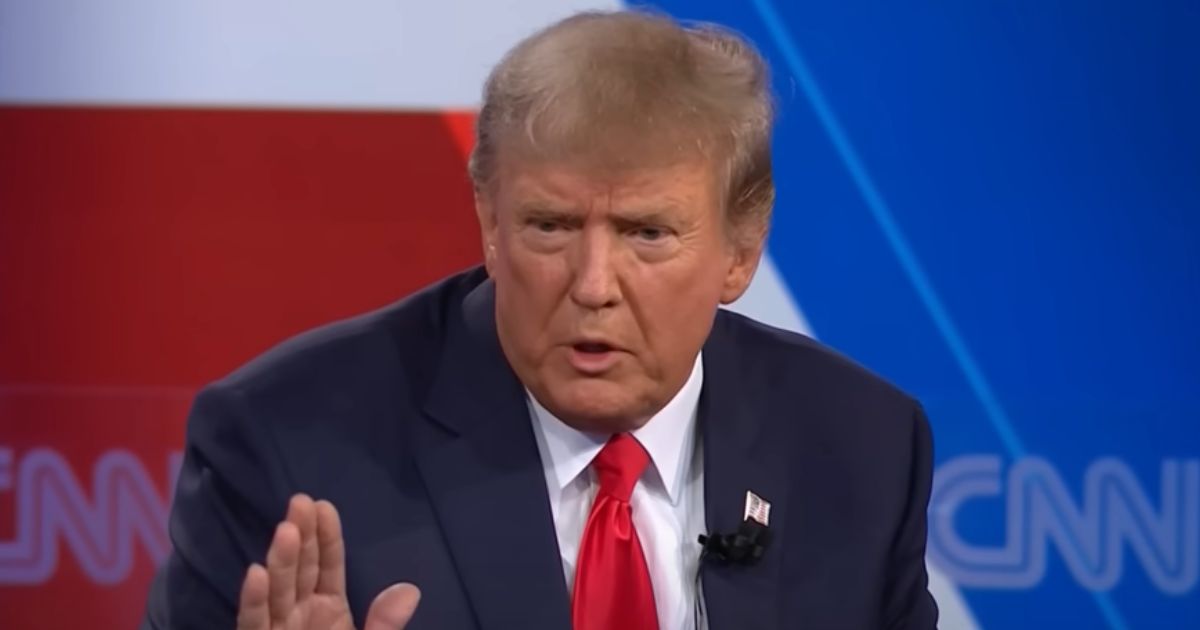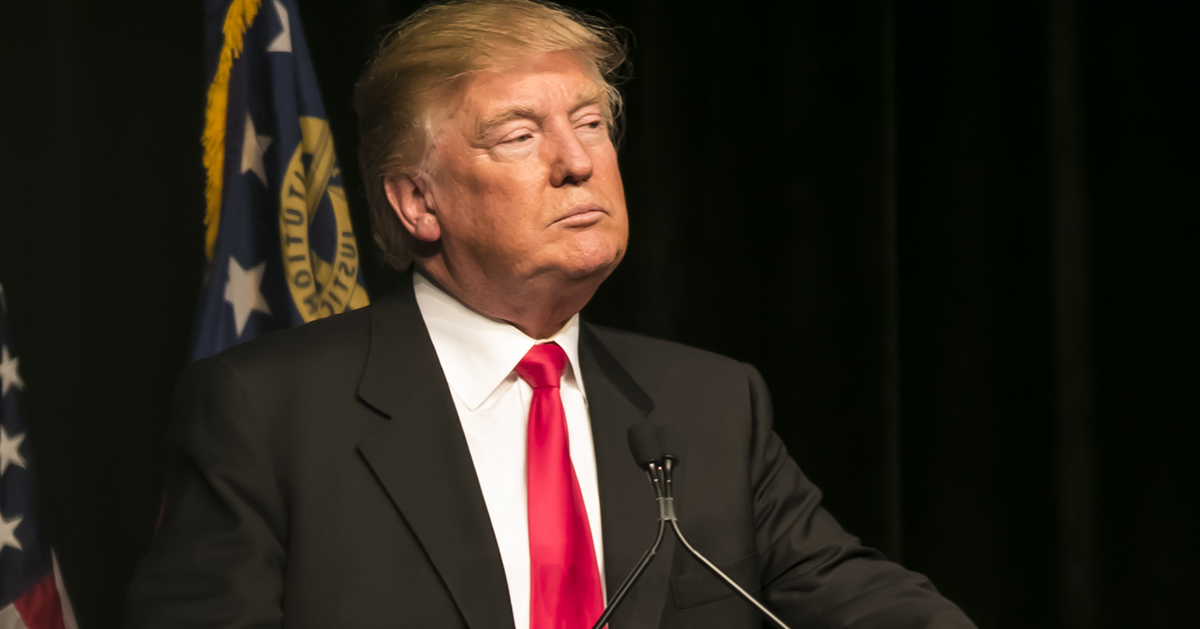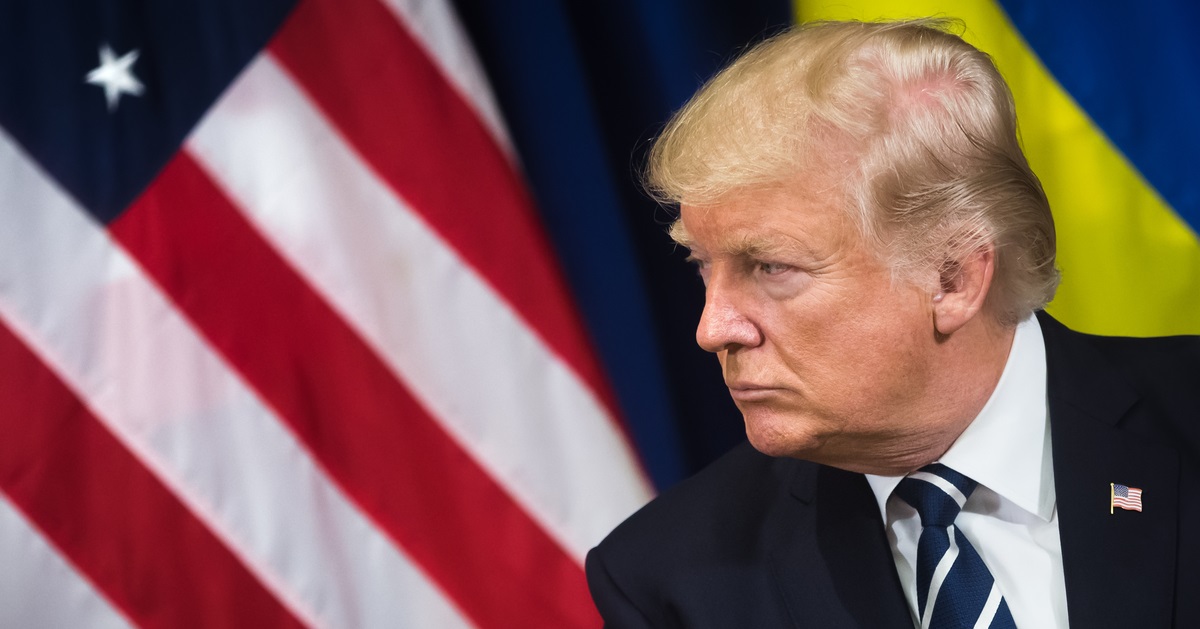Trump Gains Ground Among Dem-Loyal Latino Voters
A new poll reveals a significant shift in Latino voting patterns, potentially reshaping the political landscape for the upcoming presidential election.
As reported by The Daily Beast, a recent NBC News/Telemundo/CNBC poll shows that Vice President Kamala Harris's lead among Latino voters has narrowed significantly, with former President Donald Trump making substantial gains in this traditionally Democratic-leaning demographic.
The poll shows that Harris has 54% support from registered Latino voters nationwide, while Trump secures 40%, marking the smallest margin for a Democratic nominee in over a decade.
This shift represents a notable change from previous election cycles, where Democrats enjoyed more substantial leads among Latino voters. In 2020, 2016, and 2012, Democratic candidates held advantages of 33, 50, and 39 points respectively, according to exit polls.
Trump's Increasing Appeal to Latino Men
The poll results indicate that Trump's appeal is particularly strong among Latino men, especially those under 50 and without college degrees. Among Latino men as a whole, both candidates receive 47% support.
However, Trump leads Harris by 51% to 42% among Latino men under 50 and by 51% to 38% among those without college degrees.
These findings suggest a growing divide within the Latino community, as Harris maintains a significant 26-point lead among Latina women. The gender gap in voting preferences could play a crucial role in shaping campaign strategies for both parties.
Despite Trump's history of controversial statements about immigrants, including referring to some as "animals" and "rapists," his support among Latino voters has grown. This phenomenon highlights the complexity of political affiliations and the diverse concerns within the Latino community.
Economic and Border Security Concerns
Trump's gains among Latino voters appear to be driven by perceptions of his strength on economic issues and border security. The poll suggests that these factors resonate particularly well with Trump supporters within the Latino community.
As Latino voters are expected to comprise about 15% of the electorate in November, their preferences could have a significant impact on the election outcome. The growing Latino population and their evolving political leanings make this demographic increasingly important for both parties.
Democratic Party's Changing Relationship with Latino Voters
While the Democratic Party still maintains an advantage among Latino voters overall, the poll reveals some concerning trends for the party. The share of Latino voters who believe the Democratic Party shares their values has decreased since 2022.
However, more Latino voters still view the Democratic Party as better equipped to address Hispanic communities' concerns compared to the Republican Party. This nuanced perspective suggests that while the Democratic Party retains some advantages, its hold on the Latino vote is not as secure as in previous elections.
Vice President Harris, speaking about the poll results, said:
We take nothing for granted. Our campaign is committed to engaging with every community and addressing the issues that matter most to Latino voters, from economic opportunity to healthcare access.
Historical Context of Latino Voting Patterns
The gradual erosion of the Democratic Party's lead among Latino voters is not a new phenomenon. Exit polls from previous elections show a consistent trend of diminishing margins. In 2012, Barack Obama won the Latino vote by 44 points, which decreased to 38 points for Hillary Clinton in 2016 and further reduced to 33 points for Joe Biden in 2020.
This historical context underscores the importance of the current poll results, suggesting a continuation and potential acceleration of this trend. Both parties will likely intensify their outreach efforts to Latino communities in response to these shifting dynamics.
Implications for Campaign Strategies
The narrowing gap in Latino voter preferences is likely to influence campaign strategies for both parties. Democrats may need to reassess their approach to Latino outreach, addressing concerns about the economy and border security more directly.
Republicans, encouraged by Trump's gains, may see an opportunity to further expand their support among Latino voters. This could involve targeted messaging on economic issues and border policies, areas where Trump has shown particular appeal.
The poll's margin of error of 3.1 points adds a layer of uncertainty to these findings, but the overall trend remains significant. As the election approaches, both parties will closely monitor Latino voter sentiment and adjust their strategies accordingly.
In summary, the new poll reveals a significant narrowing of the Democratic lead among Latino voters, with Trump making substantial gains, especially among Latino men. This shift is driven by perceptions of Trump's strength on economic and border issues. While Democrats still lead overall with Latino voters, the diminishing margin and changing perceptions of party values suggest an evolving political landscape that could have major implications for the upcoming presidential election.





